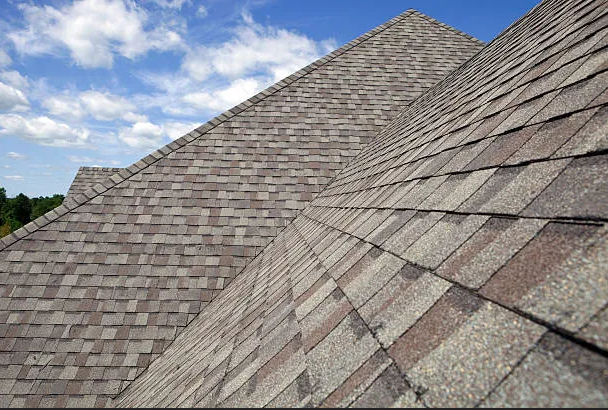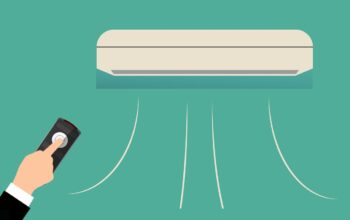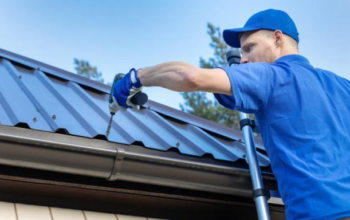Storm-proofing your roof is not merely an optional endeavor; it’s a crucial aspect of home maintenance that ensures the safety and integrity of your property, especially when faced with the unpredictable forces of severe weather. Whether it’s heavy rainfall, strong winds, or hailstorms, your roof stands as the first line of defense against nature’s onslaughts.
In this guide, we’ll delve into the essential steps and strategies to fortify your roof against such challenges, thereby safeguarding your home and loved ones from potential harm and costly damages. Amidst the unpredictable elements, the resilience and durability of a well-prepared roof can truly make a difference, partnering with renowned professionals such as Malcarne Contracting in this endeavor is imperative.
Introduction
Importance of storm-proofing your roof: In the face of increasingly severe weather patterns and natural disasters, the significance of storm-proofing your roof cannot be overstated. Beyond mere aesthetics, a robust roof serves as a shield, protecting your home’s structural integrity and the safety of its occupants. Neglecting this aspect of home maintenance can leave your property vulnerable to water infiltration, wind damage, and other weather-related perils, leading to costly repairs and potential safety hazards.
Inspection and Maintenance
Regular roof inspections: Regular roof inspections are the cornerstone of effective storm-proofing efforts. Conducting thorough inspections at least twice a year, preferably before the onset of harsh weather seasons, allows homeowners to identify and address any existing issues or potential vulnerabilities. From loose or damaged shingles to deteriorating flashing and sealants, a comprehensive inspection helps pinpoint areas in need of repair or reinforcement, thereby minimizing the risk of water infiltration and structural damage.
Repairing damaged shingles: Damaged or missing shingles are a common weak point in many roofs, rendering them susceptible to water penetration and wind uplift during storms. As such, prompt repair or replacement of damaged shingles is paramount to maintaining the integrity and weather-resistance of your roof. Whether it’s cracked, curled, or dislodged shingles, addressing these issues promptly can prevent further damage and extend the lifespan of your roof.
Reinforcement and Upgrades
Installing impact-resistant roofing materials: In regions prone to severe weather events, investing in impact-resistant roofing materials can provide an added layer of protection against hail, falling debris, and high winds. Impact-resistant shingles, such as asphalt composition shingles with Class 4 ratings, are designed to withstand impact from hailstones and debris, reducing the risk of punctures or fractures that can compromise the integrity of your roof. Additionally, metal roofing systems offer excellent durability and resistance to wind uplift, making them an ideal choice for storm-prone areas.
Strengthening roof structure: Reinforcing the structural components of your roof can significantly enhance its resilience and ability to withstand severe weather conditions. This may involve reinforcing roof trusses, adding bracing or tie-downs, or upgrading to stronger materials for critical components such as ridge vents and eaves. By ensuring that your roof structure is adequately fortified, you can minimize the risk of structural failure and prevent costly damage to your home’s interior.
Drainage and Water Management
Ensuring proper drainage systems: Effective drainage is critical to preventing water damage and maintaining the integrity of your roof. Ensuring that your roof is equipped with adequate drainage systems, including gutters, downspouts, and drainage channels, is essential to diverting rainwater away from your home’s foundation and exterior walls. Regularly inspecting and cleaning these drainage systems helps prevent clogs, blockages, and water pooling, which can lead to leaks, mold growth, and structural damage over time.
Installing flashing and sealants: Flashing and sealants play a crucial role in waterproofing vulnerable areas of your roof, such as valleys, chimneys, vents, and skylights. Properly installed flashing provides a watertight seal at joints and intersections, preventing water infiltration and potential leaks. Similarly, high-quality sealants, such as polyurethane or silicone caulks, help seal gaps, cracks, and seams, thereby enhancing the overall weather-resistance of your roof. Regularly inspecting and maintaining flashing and sealants ensures their effectiveness and helps prevent water damage to your home’s interior.
In conclusion, storm-proofing your roof is a critical aspect of home maintenance that requires proactive planning, regular inspections, and strategic investments in protective measures. By following the essential steps outlined in this guide, homeowners can fortify their roofs against severe weather and minimize the risk of damage and disruption to their homes and families. From inspecting and maintaining your roof to reinforcing its structure and implementing emergency preparedness protocols, taking proactive measures today can help safeguard your home against tomorrow’s storms. With the expertise and guidance of trusted professionals such as Malcarne Contracting, homeowners can enjoy greater peace of mind knowing that their roofs are prepared to withstand whatever nature may bring.
Related Posts












